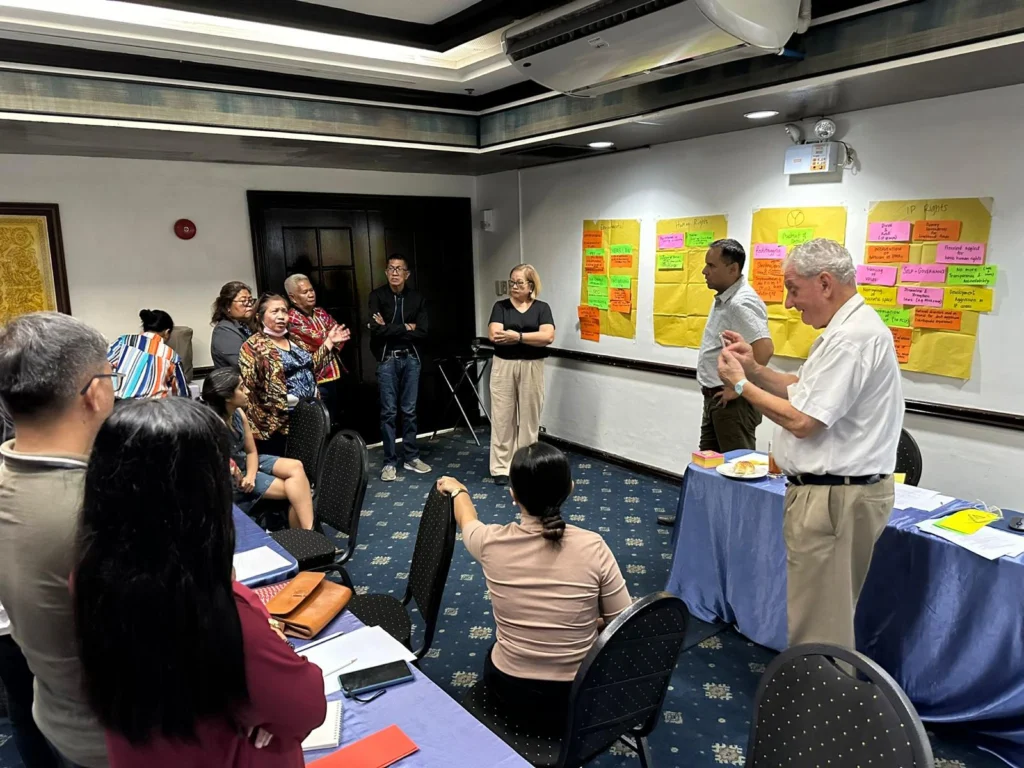State Capture
Together, can we find ways to tackle state capture? To answer, we need to recognize it for what it is and know the extent of the problem. Enter the State Capture Index.

State capture is different than corruption
While corruption involves bypassing the rule of law, state capture occurs when individuals in government or corporations actively shape laws and institutions to serve their own interests. Yet, the prevailing governance toolkit is designed to combat corruption, not state capture.
Both state capture and corruption represent forms of cooperation that advance private interests. Our program’s approach is that, to effectively address state capture and corruption, we need stronger and more effective collaboration among diverse stakeholders.
Can we find better ways to tackle capture and corruption through collaboration? What will it take? Can we work with you and others in your country or area of expertise to test models of collaboration that work for specific contexts?
We can’t do this alone. Contact us—let’s tackle this challenge together!
Explore the State Capture Index
The State Capture Index is a first effort to provide a comparable global state capture index, measuring the evolution of state capture and its components in 172 countries over almost three decades.
Explore the data in the Index, use it for analysis, and share your insights and reactions. Email us or comment and tag the Hub on social media—we want to hear from you!
This is the first version of the State Capture Index, produced in late 2023 with available data up to 2022. Ranks of countries are presented to range from 0 to 100, where 0 refers to an absence of state capture; 100 is the maximum. The 172 countries are presented in alphabetical order (discouraging listing them by rank order, as small differences in scores are not statistically significant).
The index is composed of three components, each one of which was constructed by aggregation of individual variables from various existing data sources. The three components are: Corrupt & Captured Rule of Law (CCRL), Captured Political Access and Policy (CPAP) and Captured Enabling Environment (CENE). The individual variable scores were normalized, inputted and aggregated into the 3 components, which are aggregated with equal weights into the SCI.
Scores subject to margins of error; avoid over-interpreting them with a false sense of precision. For further details and citation, refer to the research article written by Daniel Kaufmann “State Capture Matters: Considerations and empirics toward a worldwide measure.” The dataset and research article reflect the views and research results of the author and do not necessarily reflect official views of any organization.
Author: Daniel Kaufmann (Senior Fellow, Results for Development Institute).
Generous support by R4D for this independent research is acknowledged with appreciation. Data assistance by Saba Yifredew.


